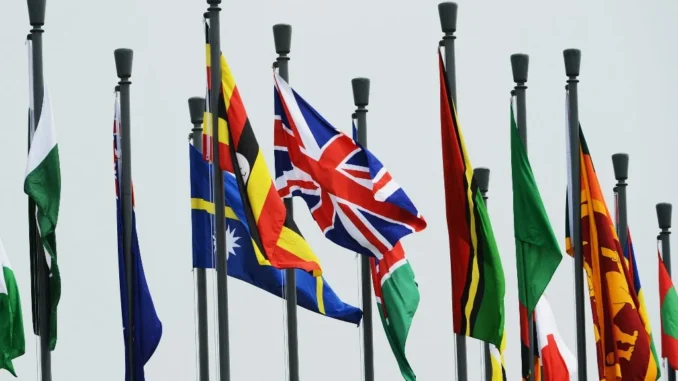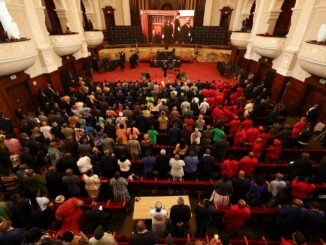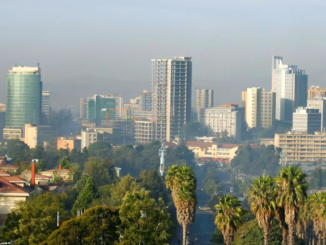
Sub-Saharan Africa’s loan market had a slow start to this year but is showing resilience and is set to continue to grow, offering favourable opportunities for the region’s sovereign and corporate borrowers as well as for investors.
The market dynamics are being shaped by global geo-political and macro-economic factors, particularly the ongoing war in Ukraine and rapidly rising inflation and interest rates in advanced markets. They are shaped too by the dynamics between the private loan market, and the public bond markets.
The loan market had a challenging 2021, with volumes in the sub-Saharan African market falling to just $28bn, in 110 deals, from about $40bn in each of 2020 and 2019. Initially growth appeared to be picking up this year. However, Russia’s invasion of the Ukraine cast a pall over markets globally, amidst high levels of uncertainty and supply chain disruptions which forced central banks to act aggressively to attempt to contain inflationary pressure.
The first four months of 2022 saw volumes of $5.4bn in 35 deals in the sub-Saharan African loan market. Borrowers and potential borrowers who had become accustomed to more than a decade of low interest rates became reluctant to commit, as the environment became more hawkish. However, many have now realised that interest rates are likely to go only one way and that’s up. It is increasingly evident that borrowers need to take advantage of any opportunities to tap the market sooner rather than later.
Some borrowers were waiting early in the year to refinance existing loans in the belief there was no pressure, and they could wait and see. However, the deteriorating global environment has underlined the fact that there is never going to be a perfect time to launch a loan into the market – and that it’s worth taking the gap when you can.
At the start of the Russia-Ukraine crisis some borrowers turned to their banks for bridge finance and underwritten loan financing, as an alternative to the bond market. That helped to sustain the resilience in the loan market, at a time when levels of uncertainty were high, and the bond market was almost closed to emerging market issuers. The bond market for sub-Saharan issuers has had sporadic windows for issuance but is still not the easiest to navigate in challenging times. In February, RMB led a successful $750m Eurobond issue for Bank of Industry, Nigeria’s largest development finance institution, just before the onset of the Russia-Ukraine crisis. And then in April, RMB led the issuance of the South African Sovereign’s $3bn bond.
However, the private loan market still offers borrowers the flexibility to customise their loans in ways that the public markets cannot. And it provides a useful gateway especially for those borrowers who have yet to build a track record that would enable them to tap the public market at attractive rates. The loan market has remained incredibly resilient despite a tough environment. One challenge it is facing, however, is that tenors are being stretched to unprecedented levels. Sovereigns are now looking to do 7-10 year financing, where only a few years ago Kenya was doing its first three year issuance. In debut deals, shorter tenors may well make for more successful execution of deals. That is especially so given that many investors in this market are reluctant to lend for more than 3-5 years, so the more borrowers try to stretch the tenors, the smaller the pool of liquidity available to them.
One of the themes that is increasingly shaping liquidity conditions in the market is the growing importance of ESG (environment, social and governance) for investors. There is some tension between the approach of advanced market investors and the needs of developing markets borrowers. Many African economies are underpinned by energy products such as oil and gas, on which communities are heavily dependent. Consequently, full, immediate compliance with the ‘green’ environmental standards imposed by advanced country financiers would undermine these countries’ development.
For sub-Saharan Africa, and for emerging markets more generally, the ‘social’ in ESG is just as compelling a need as the “E” in the short to medium term. And that raises the question for investors of what the right thing is to do in relation to countries which are in desperate need of industrialisation and economic empowerment and are being hardest hit by the fallout from the Russia-Ukraine crisis and its impact on food and fuel prices.
The market has begun to see a trend of addressing the ‘S’ as well as the ‘E” in ESG in Africa. Working with clients and investors to strike that difficult balance will be key to sustaining liquidity and resilience in the loan market.
This Press Release has been issued by APO. The content is not monitored by the editorial team of African Business and not of the content has been checked or validated by our editorial teams, proof readers or fact checkers. The issuer is solely responsible for the content of this announcement.
Source: African.business



